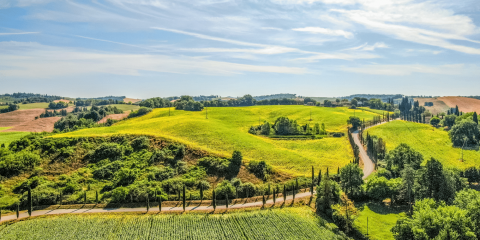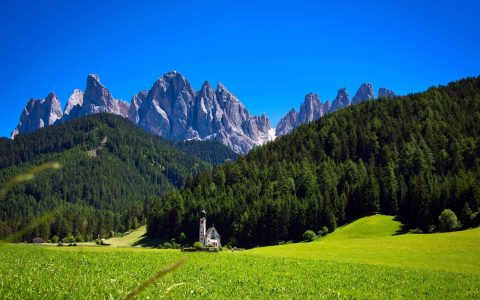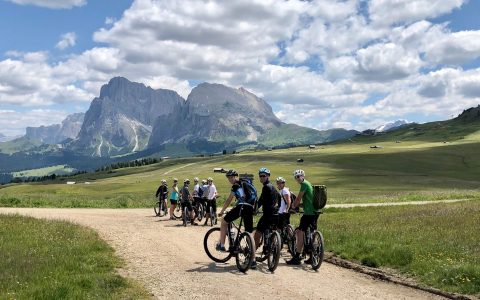Vines 101:
Trentino-Alto Adige Wine
While expanding your palate is a worthwhile endeavour in its own right, it’s made all the more rewarding when you have a sense of the history behind the bottle. In our Vines 101 series, we pull back the curtain on some of our favourite wine regions. Here, we offer a brief primer on Trentino-Alto Adige wine.
Trentino-Alto Adige Wine
A Brief Introduction
In this region, terraced vineyards grace the hillsides and hug the estates and farms that attempt to grow grapes in this often-volatile climate. The temperature fluctuations, however, only serve to heighten the flavour and aroma in a wine—if the grapes aren’t damaged first.
Trentino-Alto Adige is split into two provinces: Trento and Bolzano. Bolzano makes up the Alto Adige and consists mainly of a bilingual population that differs from the Italian Trento residents by more than just a hyphen. However, when it comes to making wine, the practices are relatively similar, so we can put them in one category.
The Romans began making wine here between the third and fifth centuries, and supposedly discovered the use of wood barrels for aging and transporting wine. This is not a wine region one thinks of when considering Italian wine; however, it boasts the first Italian DOC Chardonnay and Spumantes, and 85% of its wines fall under the DOC (denominazione d’origine controllata) classification. They do make some great wines, but are better known for their table wines in large bottles with metal twist-off tops.
Reach New Heights
The Dolomites’ stunning peaks have drawn foreign mountaineers for centuries. On our Dolomites Family Adventure, join us as we take in the silence of the trails, the dramatic, serrated mountain peaks dotting the scenery, and the warm, understated local hospitality.
DETAILED ITINERARY Reds
Reds
The most common red varietals are Vernatsch, also called Schiava (the grape in a St. Magdalener), Cabernet Franc and Cabernet Sauvignon, Lagrein, Merlot and Pinot noir (try the Höfsatter). Seventy percent of the wine is red and 30% is white—though many argue that the land produces better whites than reds and should therefore try to move to at least a 50-50 ratio.
Whites
The Chardonnay is becoming the most popular, not necessarily because it is better than the others, but because the name sells. The local Pinot Grigio is fantastic, and the area also does well with the German varietals such as Riesling, Sylvaner, Gewürztraminer and Müller Thurgau (a hybrid of Riesling and a Sylvaner cousin that found its first home outside Switzerland right here). It’s no wonder this region is often compared to Alsace, for both its winemaking and its similar cross-cultural history.
MORE FROM Italy + Dolomites

Take on a Challenge on the White Roads of Tuscany
Tuscany
Reading for the Road: Books About Florence
Tuscany
New Trip Spotlight: Venice to Verona Biking
Veneto
Cuisine 102: Tuscan Delicacies
Tuscany
New Trip Spotlight: Piemonte to Portofino Walking
Cinque Terre
How to Best Experience the Natural Wonders of Umbria
Umbria
Notes from the Road: A Research Trip in Sicily
Sicily
Umbria’s 3 Essential Cities
Umbria
Sustainable Cuisine in Northern Italy: In Conversation with Michelin-starred Chef Norbert Niederkofler
Dolomites
The Origin of the Negroni: Florence’s Favourite Cocktail
Tuscany
The 10 Best Restaurants in Florence
Tuscany
Giro-E: Racing the Giro d’Italia Route on E-bikes
Italy
The Best Villas in Italy: Amalfi, Tuscany and Umbria
Amalfi Coast
A Taste of Piemonte with Silvia Altare
Piemonte
Finding Prosperity in Food & Community in Rural Italy
Puglia
5 Unmissable Tuscan Hilltop Towns
Tuscany
The Most Incredible Hikes in Italy’s Dolomite Mountains
Dolomites
The Best Hotels in Rome for Every Taste
Rome
A Day in Florence: Rediscovering the City with Family Post-Lockdown
Tuscany


